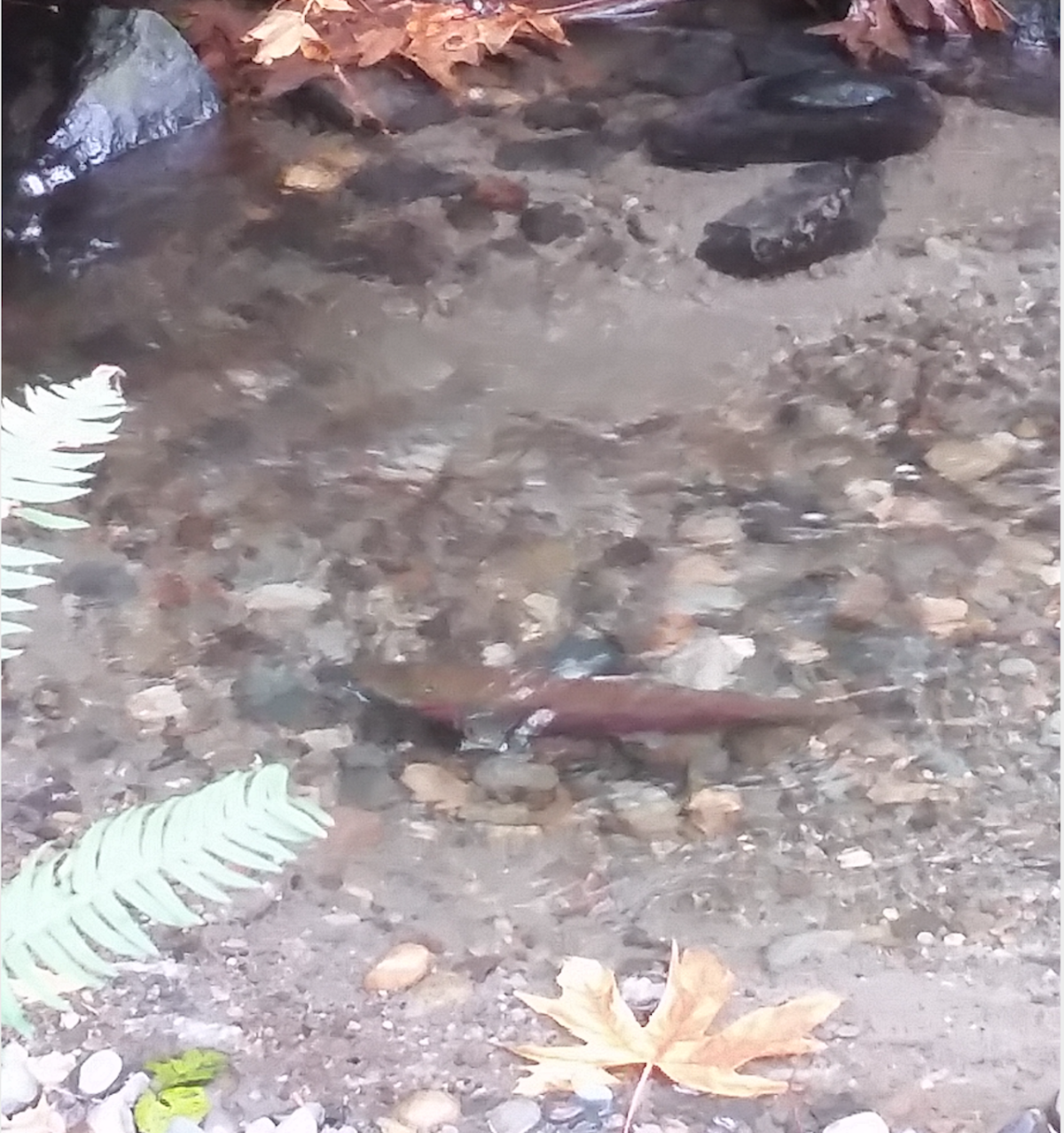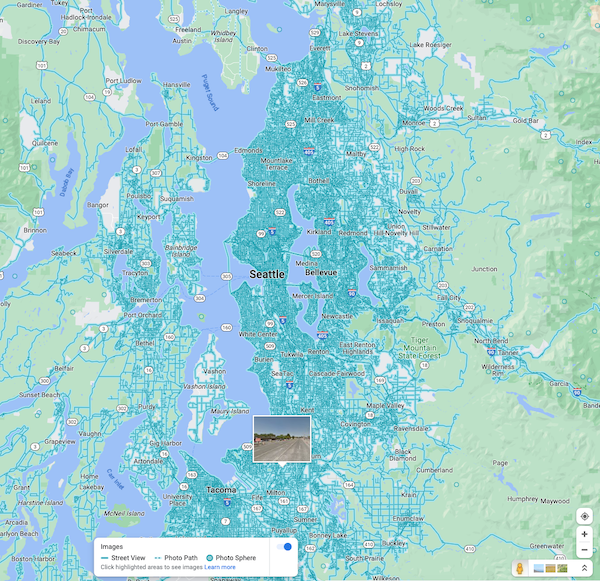
EPA Grants Coho-killing Tire Compound Petition
Federal environmental regulators have granted a petition to develop regulations addressing a vehicle tire compound that, when it reacts with the air and mixes with water, kills coho and other salmonids.
The petition was submitted by three West Coast tribes last summer, and in response the Environmental Protection Agency announced it will publish an advance notice of proposed rulemaking around the chemicals 6PPD and 6PPD-quinone by fall 2024, according to a notice.

“Today, EPA is responding to our Tribal partners by taking action to protect the coho salmon, which are a key part of the Tribes’ cultural identity and economic security,” EPA Assistant Administrator for the Office of Chemical Safety and Pollution Prevention Michal Freedhoff said in an agency press release. “These salmon and other fish have suffered dramatic decreases in population over the years. Addressing 6PPD-quinone in the environment, and the use of its parent, 6PPD, is one way we can work to reverse this trend.”
EPA says the next step is to “gather more information that could be used to inform a subsequent regulatory action.”
What does it all mean?
“The agency agreed with the petitioners that ‘it is necessary to initiate’ risk management rulemaking under the Toxic Substances Control Act ‘to address risk to the environment from 6PPD-quinone, a degradant of 6PPD,’ stated Earthjustice’s Perry Wheeler in an email.
Six-PPD is used to preserve tire life, but as minute particles flake off Toyos and other tires and mix with ozone at ground level, it becomes 6PPD-quinone that, when flushed into streams by rains and other precipitation is highly toxic to both returning adults and juvenile coho.
The effect is most pronounced in urban areas due to their relatively high density of roads and parking lots. It was first observed in Seattle’s Longfellow Creek.
“This is a victory for salmon and all species and people,” the Puyallup Tribal Council said in a press release from Earthjustice this afternoon. “6PPD is a major and uniquely lethal threat to the health of salmon in urban streams on our reservation. Banning this chemical from tires will be hugely important in protecting fish. We thank the EPA for taking our concerns seriously. We will always act to protect the fish, the water and our lands.”
Along with the Puyallup Tribe, the other two petitioning tribes were the Port Gamble S’Klallam Tribe of the northern Kitsap Peninsula and Yurok Tribe of Northern California.
State Attorneys General from Washington – Bob Ferguson, who is running for governor – Oregon, Vermont, Connecticut and Rhode Island offered strong support in an October 30 letter to EPA.
“6PPD, along with its highly toxic product 6PPD-q, poses an unreasonable threat to the States’
waters and fish resources, and to the continued existence of Northwest salmon and steelhead
runs. The undersigned States urge EPA in the strongest possible terms to grant the Tribes’
petition and to use its authority under TSCA to address the environmental harms caused by widespread 6PPD contamination,” the AGs’ letter states.
The killer compound can be neutralized to a degree by rain gardens, researchers from Washington State University at Puyallup found, but the scale of the problem is as vast as the overlap of the region’s major road and salmon stream networks.

Oddly, while Chinook and steelhead are also affected, chum and sockeye are not.
“The petition, taken together with information reasonably available to the EPA, sets forth facts
establishing that it is necessary to initiate a TSCA Section 6(a) rule to address risk to the environment
from 6PPD-quinone, a degradant of 6PPD,” EPA’s acceptance letter to the tribes states. “The petitioners submitted sufficient evidence to show that 6PPD-quinone, a degradant of 6PPD, presents lethal hazards to coho salmon in the Pacific Northwest. This evidence supports a finding that 6PPD-quinone is acutely toxic to coho salmon at very low concentrations and additionally harms other fish species, with coho salmon being the most sensitive species studied to date. The petition also submitted evidence, in the form of measured exposure monitoring data, that there are exceedances of the LC50, which is the concentration at which exposure results in mortality of 50 percent of animals in laboratory tests for coho salmon in the Pacific Northwest. Specifically, available information on 6PPD-quinone cited by petitioners indicates that concentrations in stormwater were found to be lethal for coho salmon following exposures that lasted only a few hours.”
Spurred by California’s related interest in regulating 6PPD, last summer the U.S. Tire Manufacturers Association announced it was convening member companies to perform an analysis of alternatives.
Today’s announcement from EPA also states that the feds plan “to finalize a rule under Section 8(d) of TSCA to require manufacturers (including importers) of 6PPD to report lists and copies of unpublished health and safety studies to EPA by the end of 2024.”
